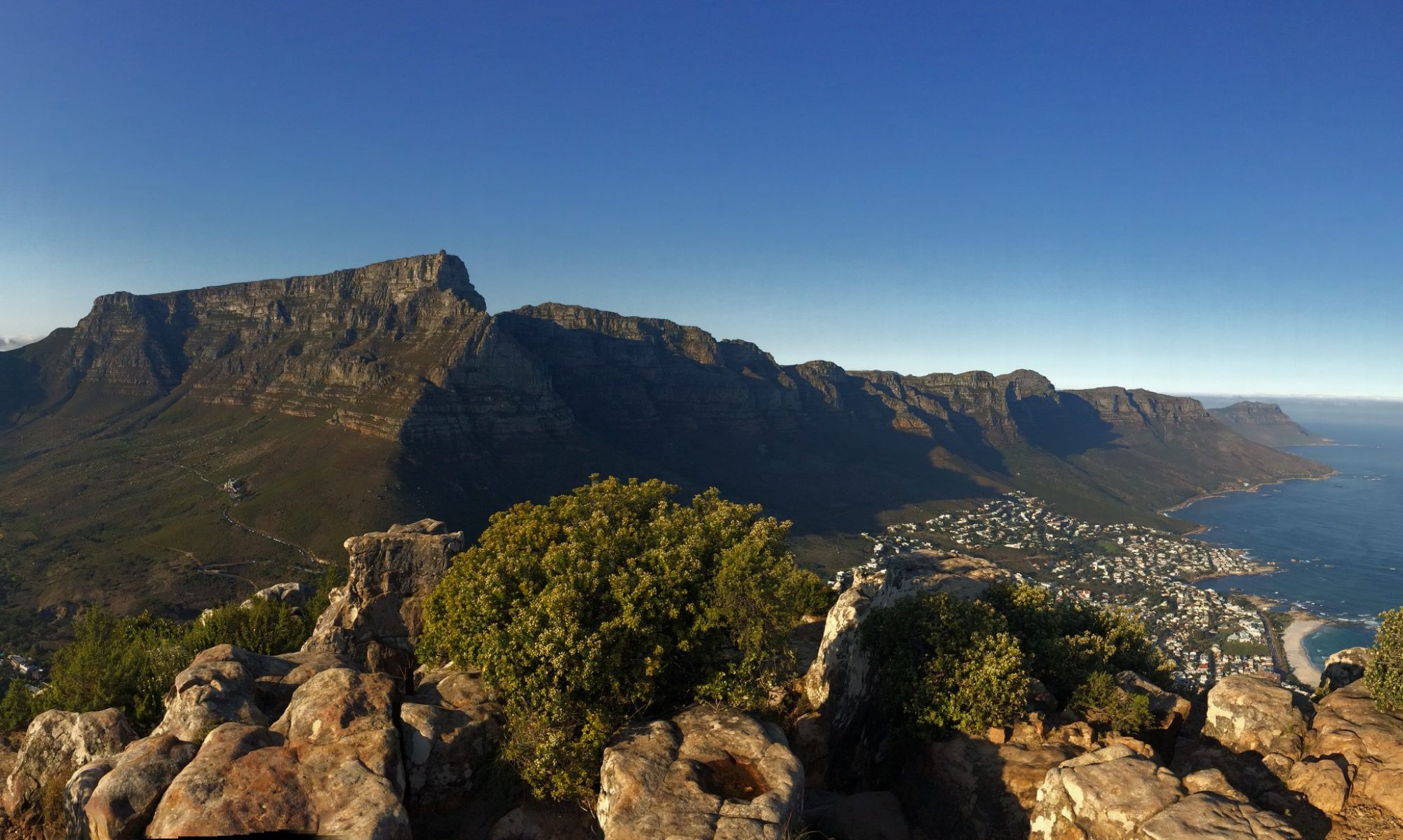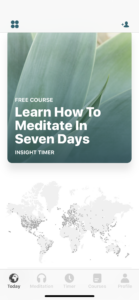When I chose to study medicine at the age of 16 years, the model of what my life might look like one day, came from our family physician.
He was an old wise gentleman with gray hair who carried his black doctor bag and a sweet, loving smile everywhere he went. We all knew where he lived because his consulting rooms were attached to the white and light blue-painted “double-storey” house on a quiet street in our neighborhood. As was the law in South Africa in the 1980’s, there was a separate consulting room, further back on his property, where he cared for the non-white laborers.
If you were too sick to visit him at his house, he would come to yours. When he rang the door bell, you would straighten the bedsheets, throw away the used tissues, and prepare for the healing. I remember how he sat next to the bed or even on the bed as he gently inquired about the symptoms. Then he would open the black bag that he had placed either on the floor or on the bedside table (if he could find space next to the cough syrup, tissues box and water jug). He took out the thermometer, shook it gently, and placed it under the tongue. This was followed by blood pressure measurement and “open your mouth and say, ahh”. Finally, he lifted up the pajama top and placed the stethoscope gently to listen to the heart and lungs. He then placed his warm hands on the abdomen. Hands filled with experience of many palpated abdomens, recognizing the problem, and knowing the treatment. Waves of reassurance emanated from him as he gave instructions in a calm, unhurried voice. If an injection was required, it was done without much fuss. By then you would already be feeling better anyway.
Dr. Klein healed up to the day he was assaulted in his bedroom in the dark of night. This led to a stroke followed soon thereafter by death. The loss we all felt was palpable. We were certain we would all develop disease and death because he was our healer and nobody could replace him.

